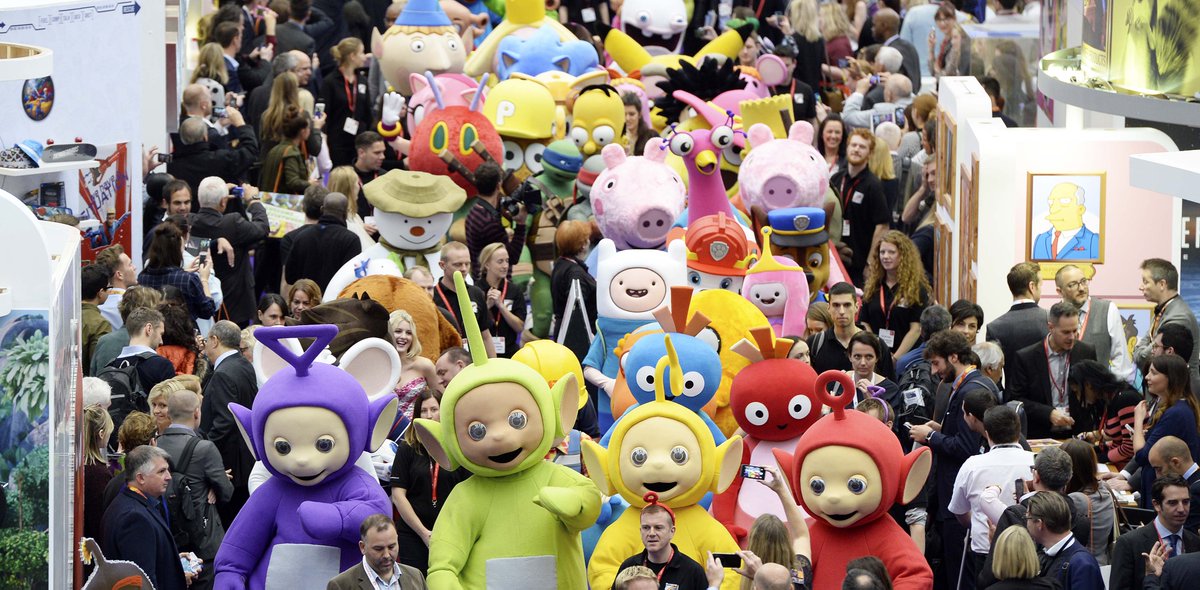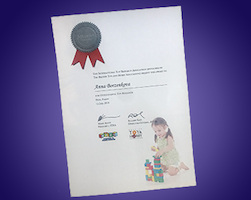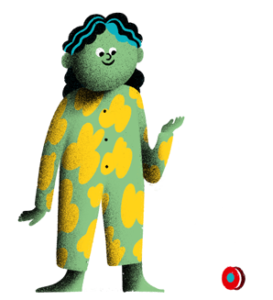Before you begin
Even though independent inventors/designers are an important source of new product ideas, they often find the toy industry difficult to penetrate. Although the statistics can be daunting, in time and with persistence on your part, a good idea – one that is fully developed to a point where it is presentable in either complete drawings, sketches or prototype format and is legally protected – will be seen.
To realistically calculate your chances of success before entering into a time consuming, and possibly costly effort, you should make an honest evaluation of your personal circumstances as well as your invention.











